10 eco-friendly beaches in South-east Asia that tourists haven't ruined yet
The best undeveloped sandy stretches to escape the tourist hoards
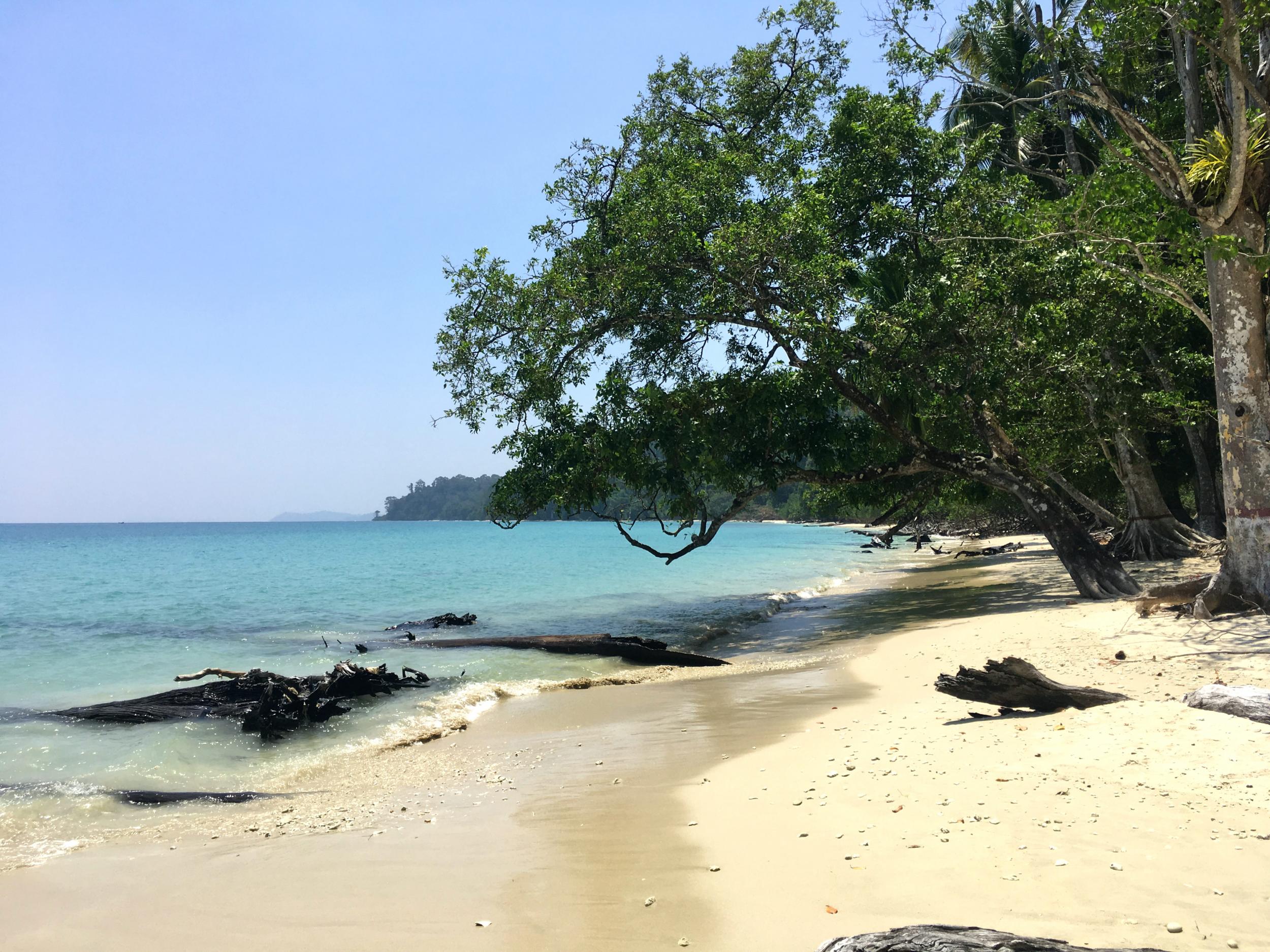
Your support helps us to tell the story
From reproductive rights to climate change to Big Tech, The Independent is on the ground when the story is developing. Whether it's investigating the financials of Elon Musk's pro-Trump PAC or producing our latest documentary, 'The A Word', which shines a light on the American women fighting for reproductive rights, we know how important it is to parse out the facts from the messaging.
At such a critical moment in US history, we need reporters on the ground. Your donation allows us to keep sending journalists to speak to both sides of the story.
The Independent is trusted by Americans across the entire political spectrum. And unlike many other quality news outlets, we choose not to lock Americans out of our reporting and analysis with paywalls. We believe quality journalism should be available to everyone, paid for by those who can afford it.
Your support makes all the difference.South-east Asia has some of the most beautiful beaches in the world: with golden sands, crystal-clear waters and lush green plant life, it’s no surprise this region attracts millions of tourists a year.
But its popularity has come at a price, with overcrowding, coral damage and waste becoming increasingly common problems for the region’s coastlines.
A viral video of diver Rich Horner swimming through a sea of plastic pollution off the coast of Bali brought the issue to light once again recently, as did Thai officials’ decision to temporarily close the popular Maya beach (from Danny Boyle’s film The Beach) due to the damage tourism is having on the environment. It’s the second Thai beach to be closed for this reason in less than two years.
But undeveloped havens do still exist; here are 10 eco-friendly beaches found on South-east Asia’s shores.
The beaches of Gili Air, Gili Islands, Indonesia
A two-hour boat trip from the wildly popular island of Bali will bring you to the relaxing paradise of Gili Air, part of an Indonesian archipelago in the Indian Ocean called the Gili Islands.
Motorised transport is forbidden on Gili Air, so you can only get around by foot, bike or horse-drawn carriage, making it the perfect location to while away the hours with no distractions.
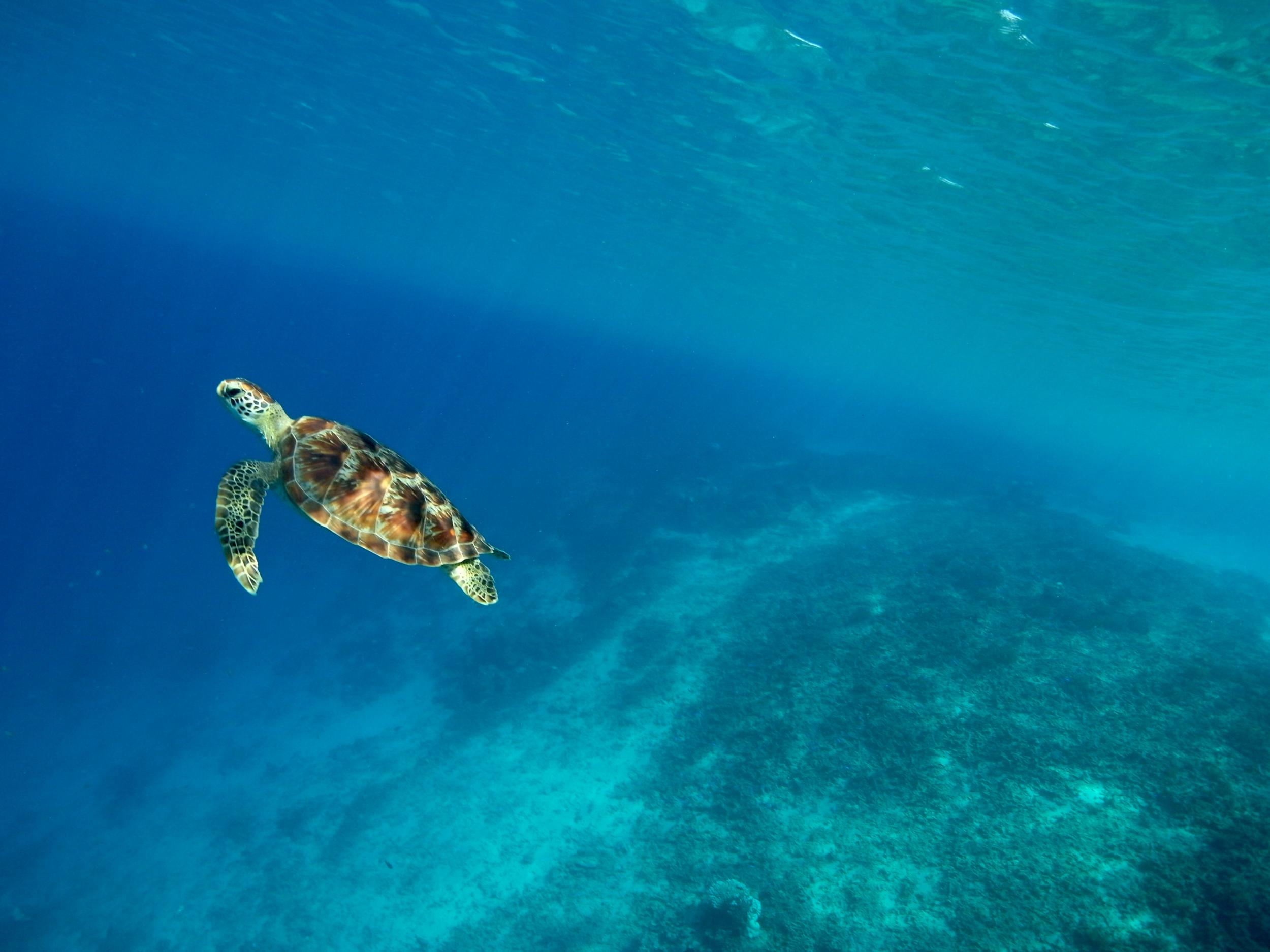
Ngapali beach, Thandwe, Myanmar
Ngapali beach has a number of community protection rules in place to safeguard its coastline, including strict bans on horse riding, jet skis and sand mining.
Many of the beach’s restaurants also support sustainable fishing practices, with whistleblowing policies in place to protect marine life.
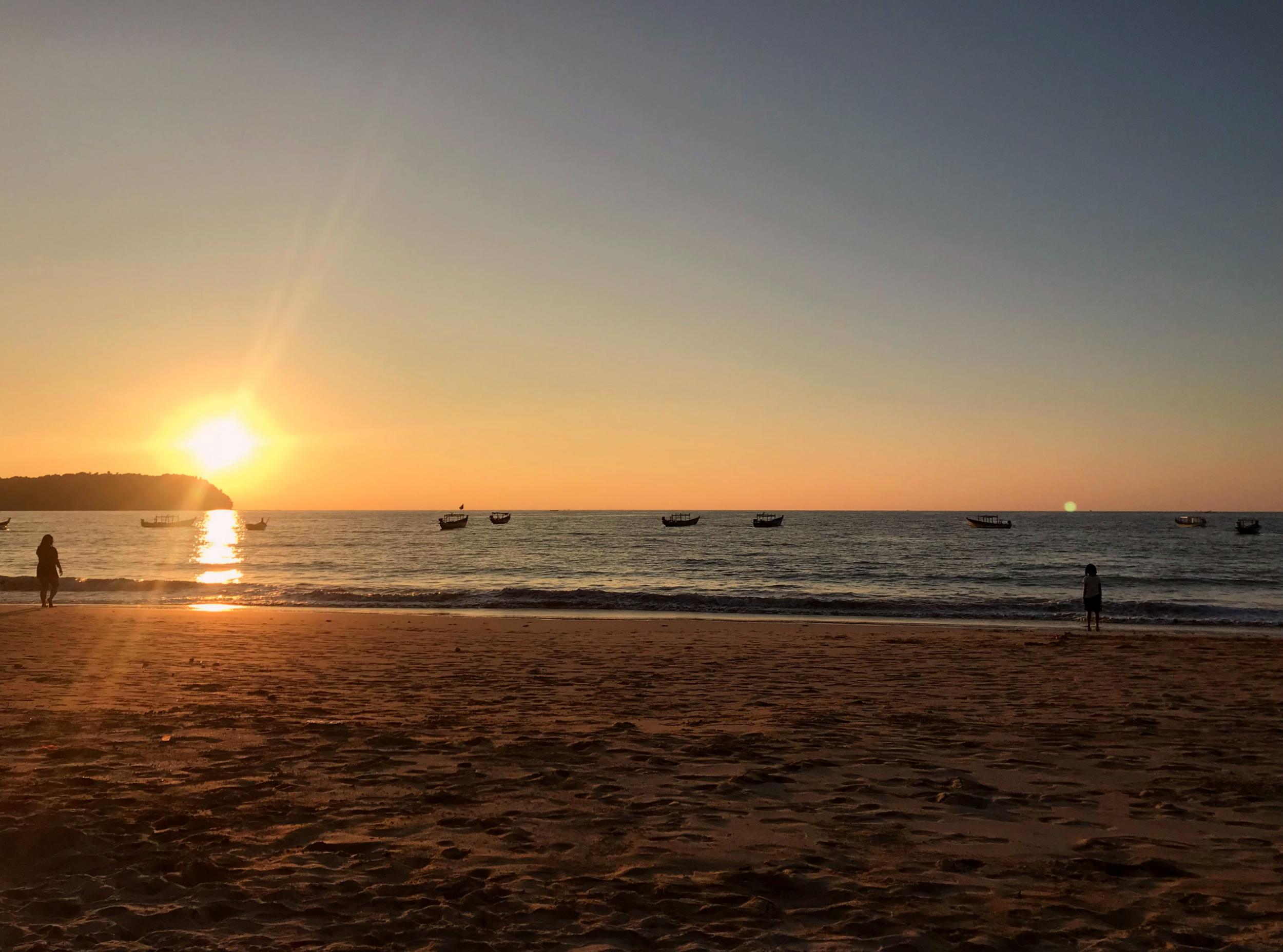
Air and noise pollution are kept to a minimum by having only electric mopeds available to hire.
Sunset beach, Koh Kradan, Thailand
With the majority of its land protected by Hat Chao Mai national park, Koh Kradan has a very limited amount of development, unlike Koh Phuket or Koh Phi Phi to the north of the island.
At dusk, take a 15-minute walk from the main beach through a jungle to reach the secluded sands of Sunset beach; it lives up to its name, and is one of the best places to enjoy Thailand’s sunset.
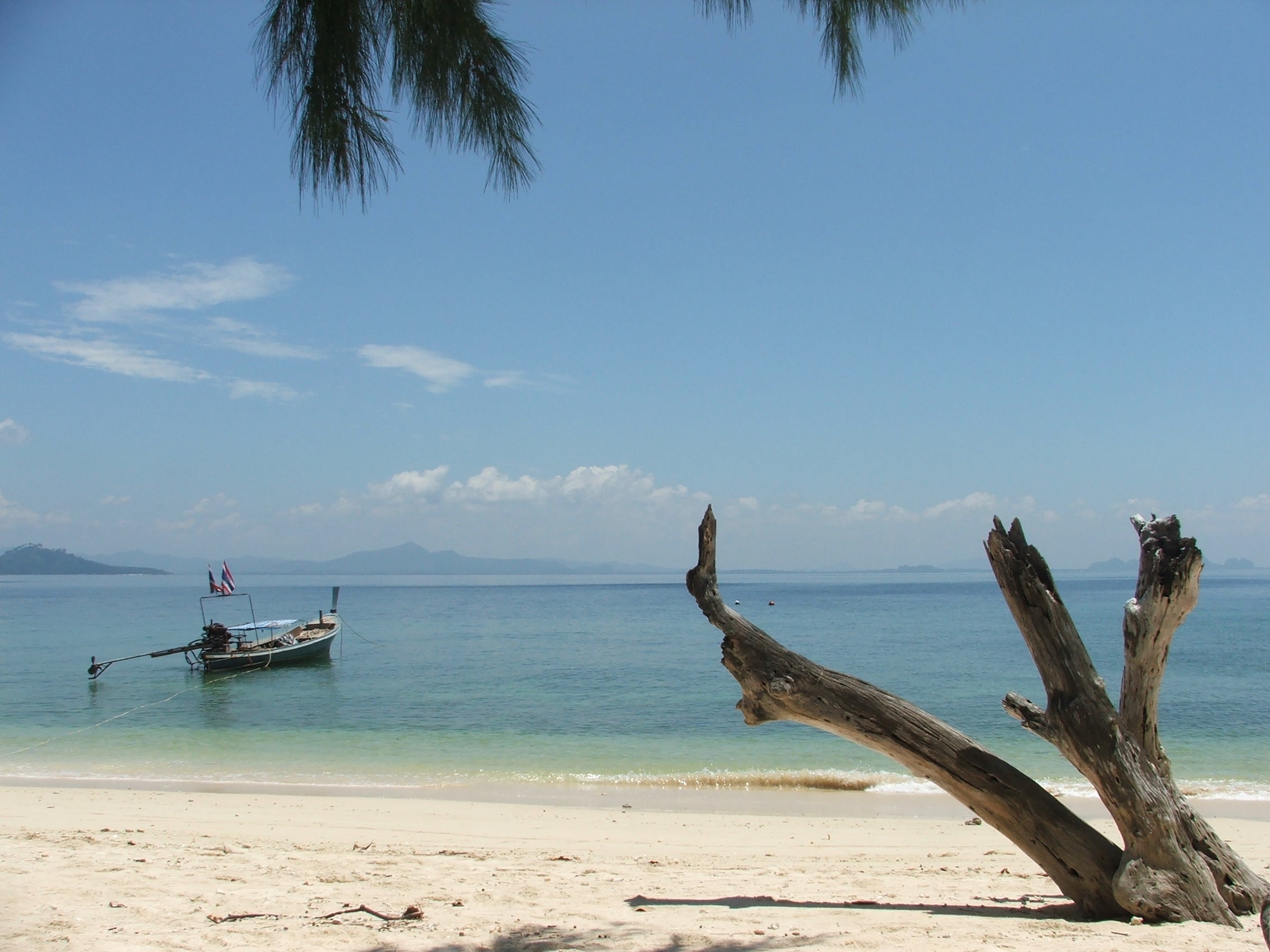
Dat Tham beach, Can Dao, Vietnam
With the likes of Da Nang, Na Trang and Mui Ne now packed with tourists, Dat Tham beach, protected by the Con Dao national park, is one of the few undeveloped stretches of sand left in Vietnam.
Getting there requires some effort, with visitors clocking-in at the park office before beginning a four-mile hike to the beach. Once you reach the shore, however, you are met with a beautiful (and most likely completely secluded) crescent-shaped bay.
The beaches of Isla de Gigantes, Philippines
Isla de Gigantes is an island chain within the larger Western Visayas archipelago in the Philippines.
Basic accommodation and limited amenities keep many tourists away from its smaller islands, which means its beaches are untouched and pristine.
Juara beach, Tioman Island, Malaysia
Tioman Island and its beaches are part of a nature reserve and as such are strictly safeguarded, along with the diverse wildlife.
Several protected species of mammals, birds and reptiles can be found here, such as the frigate bird and soft-shell turtle.
The island boasts plenty of sandy coastline to enjoy, but Juara beach is one of its most secluded and relaxing spots.
Bottle beach, Koh Phangan, Thailand
Take a trip to the quieter side of Koh Phangan (home to Thailand’s infamous Full Moon parties) and visit its lesser known Bottle beach on the north of the island.
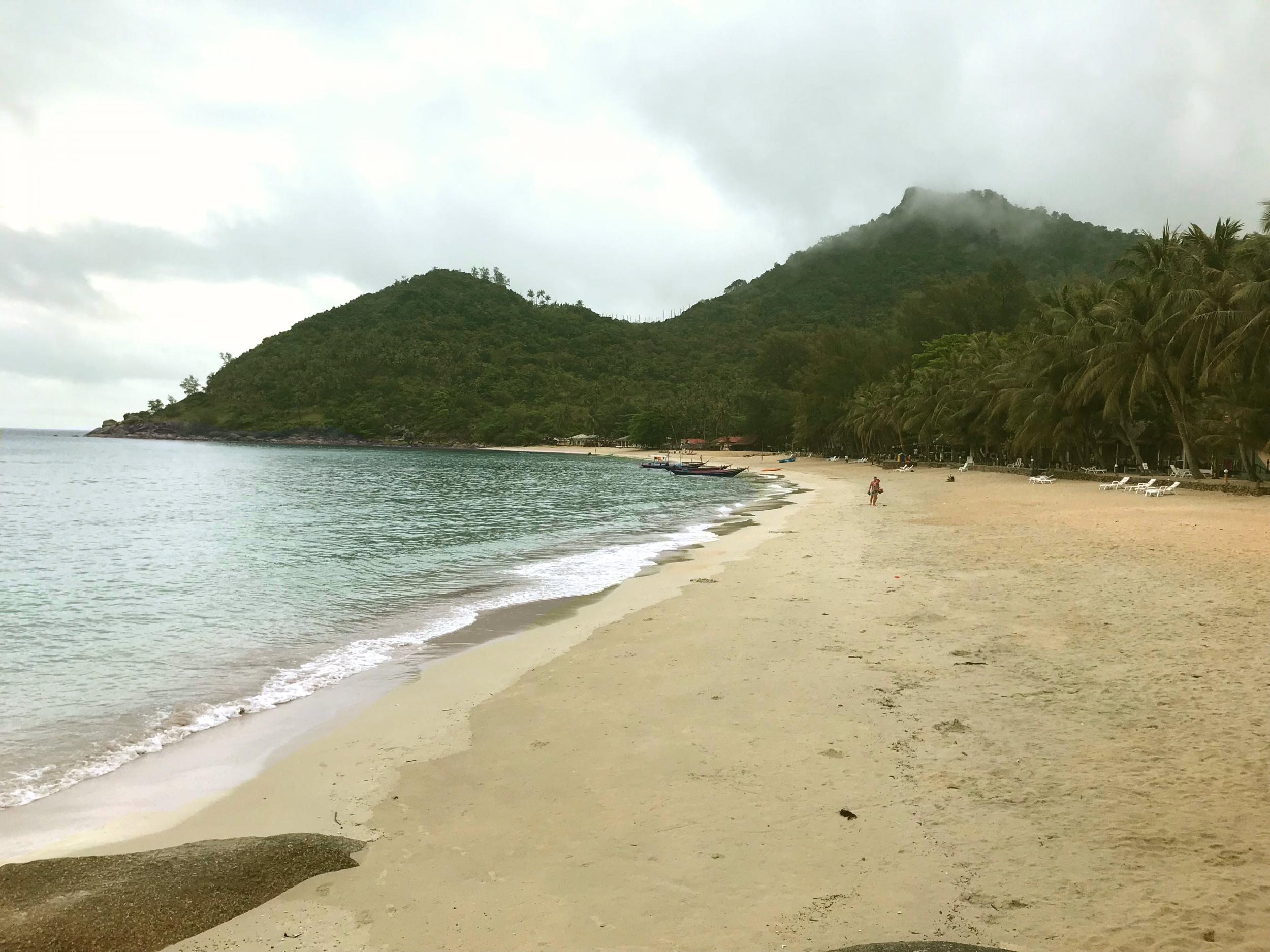
A steep and bumpy “road” down to the beach makes access by foot pretty limited, with many people opting to reach the beach by boat.
The beaches of Kepayang Island, Belitung
Home to an eco-resort and turtle sanctuary, environmentalism is something this island takes seriously, which is good news for its beaches.
Colourful hard and soft coral can be explored off its shores, with coral protection projects in place. Iconic stone boulders and rows of coconut trees also give Kepayang Island’s beaches plenty of character.
Bacuit Bay, El Nido, Philippines
Bacuit Bay is one of the beach locations for El Nido Resort’s complex of luxury eco-resorts in the Philippines.
The whole organisation is based around sustainability and eco-friendly tourism, including nature-based activities, green architecture and a special sewage treatment plan.
Regular coastal clean-ups, marine monitoring and wildlife protection keep Bacuit Bay and its neighbouring beaches healthy and happy.
Lalaji Bay, Long Island, The Andamans
Though not technically in South-east Asia, India’s Andaman Islands are too geographically close to Thailand and too beautiful to miss out, with Lalaji Bay on the small but perfectly-formed Long Island offering tourists a slice of paradise.
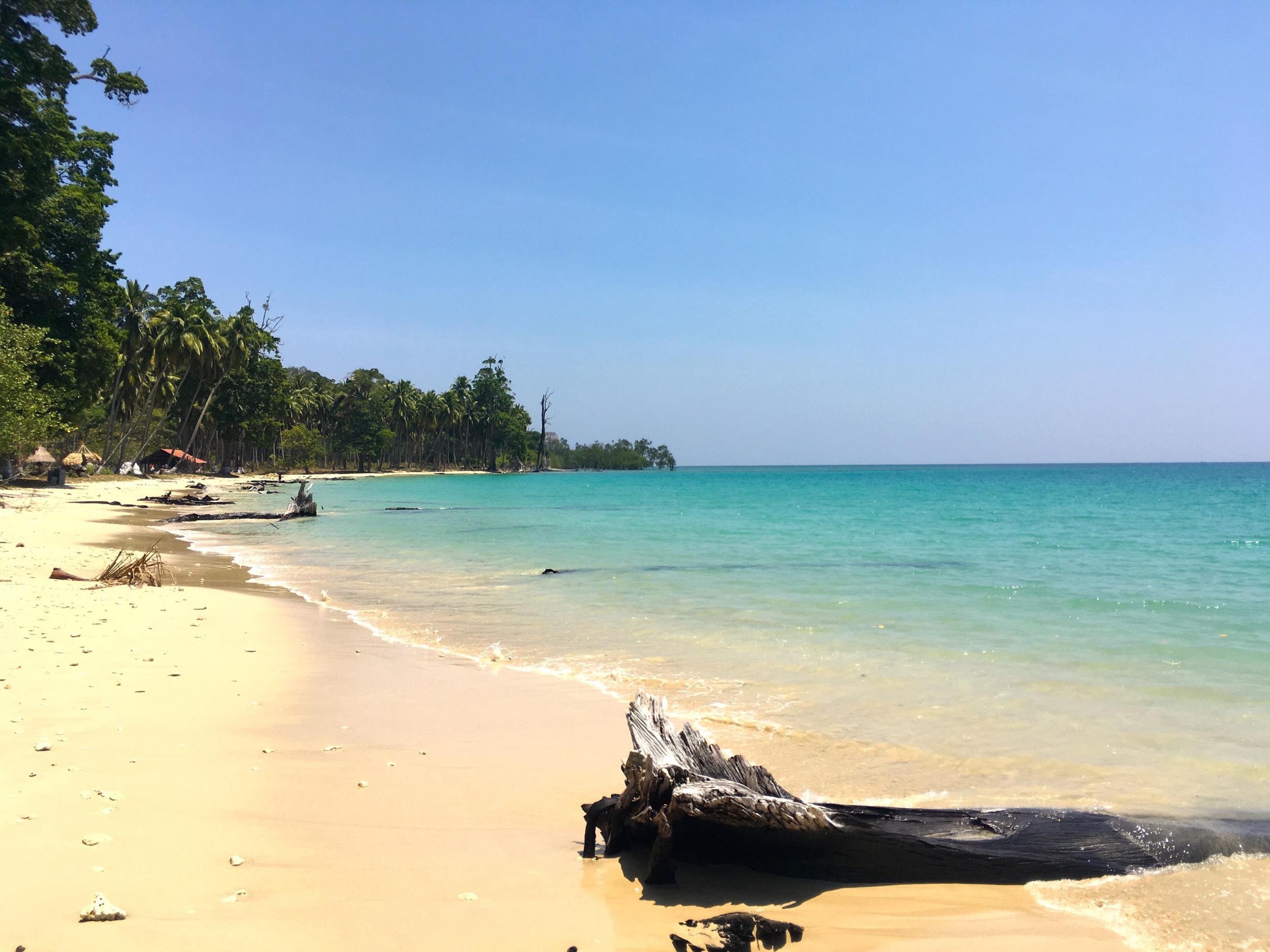
Those who want to pay it a visit must apply for a forest permit and embark on an hour-long trek. Despite being a lengthy trip, rewards are plentiful thereafter.
The beach’s warm waters are so pristine that large manta rays and tropical fish can be spotted swimming around the many mangrove trees that line the far end of its shores.
Join our commenting forum
Join thought-provoking conversations, follow other Independent readers and see their replies
Comments